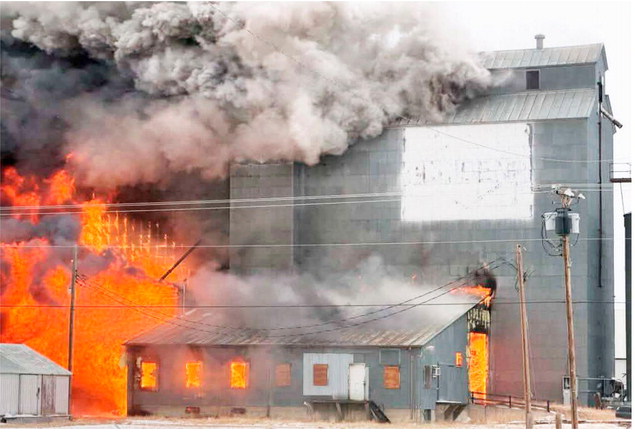Unemployment Rate Declines In State
Montana’s unemployment rate declined from 3.8 percent in March to 3.7 percent during April. The unemployment rate for the U.S. was 6.1 percent for the month.
“Montana’s economic recovery depends on getting Montanans back to work into good-paying jobs, allowing our businesses to fill open jobs and meet their growing customer demand,” Gov. Gianforte said. “By ending the pandemic-related federal unemployment bonus that discourages work and by launching a return-to-work bonus, more Montanans will reenter the workforce, and Montana’s economy will continue to rebound.”
Montana’s unemployment rate for April matches the pre-pandemic rate of 3.7 percent in February 2020. There are, however, 9,428 fewer Montanans in the labor force than there were in February 2020.
Roosevelt County ranks 47th in the state with an unemployment rate of 4.7 percent. Richland County ranks 50th at 5.3 percent. Valley County ranks 26th at 3.4 percent.
The counties with the lowest unemployment rates are McCone at 1.7 percent, Daniels at 1.8 percent and Petroleum at 2.2 percent.
Counties with the highest unemployment rates are Big Horn at 9, Glacier at 8.6 and Lincoln at 7.2 percent.
Montana’s total employment, which includes payroll, agricultural, and self-employed workers, grew by 1,799 in April. Employment gains were fueled by workers returning to the labor force, which added 1,437 workers in April as vaccines were made available to more Montanans. After March’s strong growth in payroll employment, Montana saw a small decline of 300 payroll jobs in April.
“The specter of inflation is concerning. It’s time for the federal government to turn off the spigot of spending trillions of dollars that drive up our national debt, a shameful burden our kids and grandkids will inherit,” Gianforte said.
The Consumer Price Index for All Urban Consumers (CPI-U) increased by 0.8 percent over the month in April for total a 12-month increase of 4.2 percent, the largest 12-month increase since September 2008. Prices of used cars and trucks rose 10 percent in April and accounted for a third of the increase.
Prices mostly increased across the board. The index for all items less food and energy, referred to as core inflation, increased 0.9 percent
in April.

